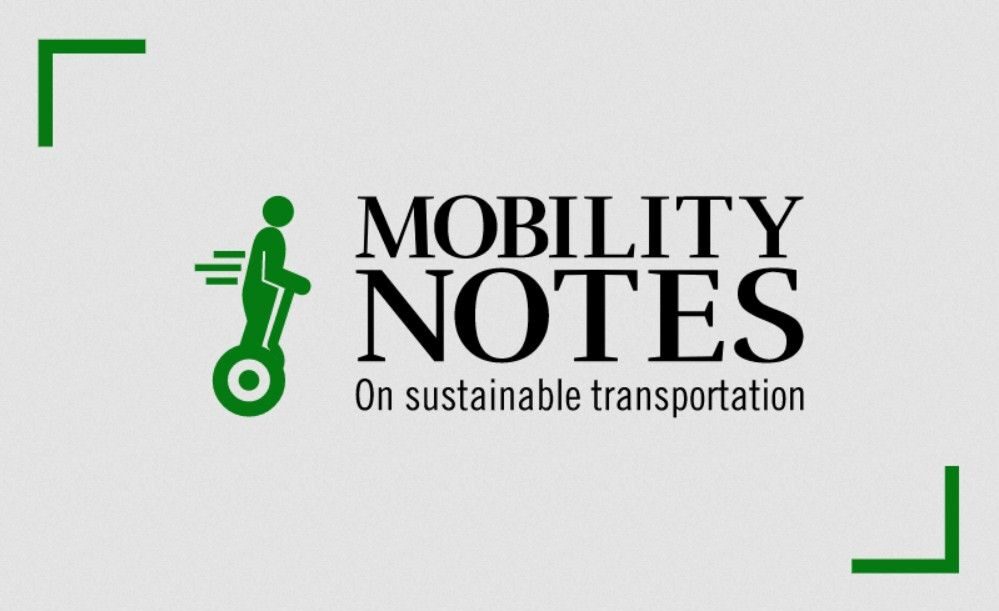Characterizing the in-use heavy-duty vehicle fleet
The heavy-duty on-road sector is facing multiple regulations – CO2 targets (30% reduction by 2030 in Europe), NOx and particulate reductions (90% reductions in California), and electrification mandates (albeit very nascent, including only California’s Advanced Clean Trucks regulation). These could be met through a range of new technologies – improving conventional engines and emissions control to full electrification. But the solution will unlikely be a one-size-fits-all given the diversity of the applications. This is hopefully the first in a series of articles that examines the diversity of the HD sector, with the ultimate goal of outlining enablers and barriers for a transition to electrification (including fuel cell vehicles). We start with a US-centric approach simply because of relatively easier access to data, but it is noted that Europe and China will play a very important role and will be lookied at in the future.
If you like such content, check out the monthly newsletter covering the latest on sustainable transportation technologies and regulations. Sign up below.
Like it ? Share it !
Other recent posts
Conference Summary – SAE WCX 2025
![]()
A summary of the “SAE WCX 2025” conference held in Detroit.
IRENA Renewable Energy Capacity Statistics 2025
![]()
According to the latest report from IRENA, 2024 saw the largest increase in renewable capacity, accounting for 92.5% of overall power additions.
CO2 Emissions Performance of Heavy-Duty Vehicles in Europe – 2022 Results
![]()
The European Commission has published the official 2022 CO2 emission results for heavy-duty vehicles. Many OEMs are ahead of the targets and have gained credits, while others have their work cut out as we approach the 2025 target.

